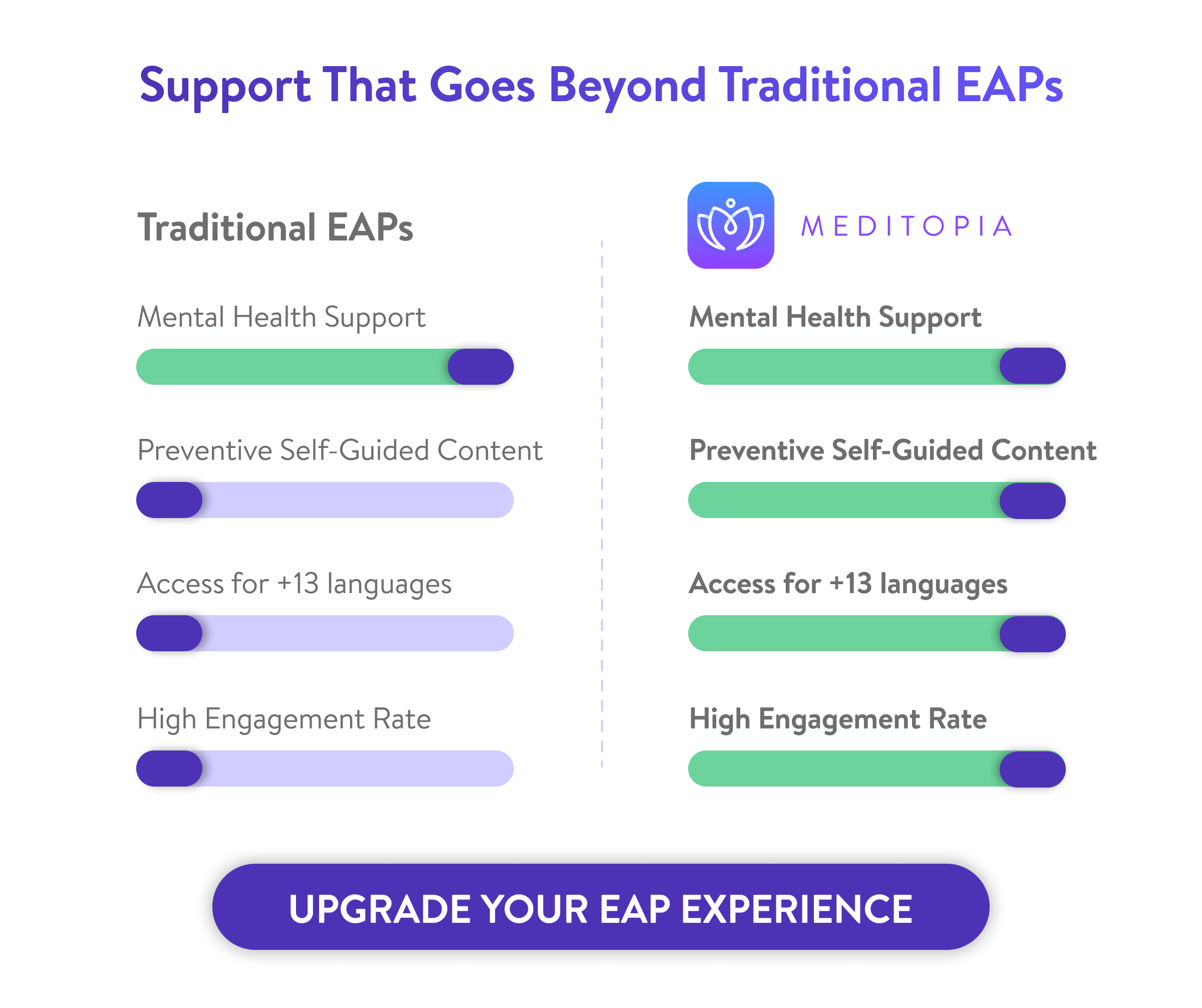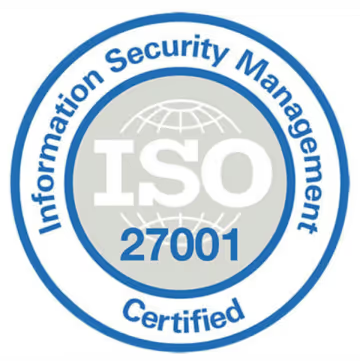Research revealed that companies investing in leadership development are 2.4 times more likely to hit their performance targets than those that don’t [1]. As hybrid work, AI, and constant change reshape business dynamics, the ability to develop leadership skills in employees has become essential for long-term success. Keep reading to explore core manager skills and scalable solutions that make leadership development measurable and inclusive.
Why Leadership Development Must Evolve
Traditional leadership programmes (often classroom-based, static, and focused on senior executives) are increasingly failing to meet the needs of modern workplaces. When companies talk about employee leadership development, they must recognise that the environment has shifted:
- Remote and hybrid teams demand different dynamics: leaders must communicate virtually, build trust across distance, and manage outcomes rather than presence.
- Workforces are more diverse (generationally, culturally, geographically) and inclusive leadership is no longer just nice-to-have, it’s business critical.
- A digital-first environment means leaders need to navigate technological disruption, incorporate artificial intelligence and analytics into decision-making, and adapt to change rapidly.
- As one study put it, the next generation of leaders must be “fast, fluid and future-focused” [2].
- Many organisations report a leadership gap: for example, 77% of organisations say they lack sufficient leadership depth across all levels [3].
- Moreover, only a third of managers are fully engaged in their work, which weakens employee leadership efforts [4].
In short: to develop leadership skills in the workplace, companies must move beyond outdated models and design programmes that speak to remote leadership, digital fluency and inclusive decision-making.

Modern Skills Every Leader Needs
When we talk about developing leadership skills in employees and cultivating future leaders, there are several modern skill sets that matter more than ever:
- Decision-making under uncertainty: In volatile markets like finances and retail, leaders must make informed choices quickly, adapt when necessary and stay calm under pressure.
- Remote team management: Leading across geographies, time zones and partly remote teams requires clarity of communication, virtual presence and trust building beyond in-person interactions.
- Empathy and digital communication: Leaders now need emotional intelligence (EQ) combined with proficiency in remote tools. A human-centred leader fosters psychological safety and connects meaningfully even through screens.
- Resilience and inclusion: Building a culture that is inclusive, adaptive and aligned demands leaders who can foster belonging, manage change and drive employee growth and advancement.
- Tech-savviness and continuous learning: With AI, analytics and automation impacting nearly every function, leadership skills must include understanding how to leverage digital tools and guide teams through transformation.
- Leadership skill assessment and analytics: Developing employee leadership means measuring skills, setting benchmarks, tracking progress and linking training to business outcomes.
Scalable Solutions to Build Leadership Skills
To turn theory into action you’ll need practical, scalable solutions. Below are key approaches you can embed to upskill managers and emerging leaders.
1. Online Leadership Trainings
Online leadership trainings enable organizations to reach large groups of employees quickly, regardless of geography or time zone.
- According to LinkedIn Learning’s 2024 Workplace Learning Report, 79% of L&D professionals agree that online learning is more effective for developing employees at scale than traditional in-person methods, particularly for leadership and soft skills [5].
- Digital leadership training also reduces costs by up to 40% compared to in-person workshops [6].
- Employees can access curated courses on relevant work topics. Meditopia's trainings, for example, cover: emotional intelligence, strategic decision-making, stress management, workplace crisis, and inclusive leadership.

2. Self-Guided Leadership Modules and Microlearning
Microlearning (short, focused learning sessions) is now one of the most effective tools for developing leadership skills in the workplace. In fact, research found that short-form digital lessons increase knowledge retention by up to 80% compared to traditional formats [7].
- Self-guided leadership modules empower employees to learn at their own pace, accommodating varied schedules and learning styles.
- They’re also ideal for hybrid teams, allowing employees to review key leadership concepts (such as feedback delivery or resilience training) in 10–15 minute bursts.
- Companies that adopt microlearning and personalized development plans report higher completion rates and improved engagement.
3. AI-Powered Coaching Tools
AI-powered leadership coaching for employees represents the next frontier in talent development. In fact, a study revealed that 55% of companies now use AI to personalize learning paths and identify emerging leadership potential.
- These tools analyze behavioral data, offer real-time feedback, and adapt to an individual’s learning pace and preferred style.
- By combining data analytics with coaching, organizations can identify skill gaps early, assign tailored micro-courses, and monitor the progress of high-potential employees.
- This approach not only strengthens leadership skills in the workplace but also reduces reliance on costly, one-size-fits-all programs.
- When AI-driven coaching is integrated with digital wellness tools, it can also boost motivation, resilience, and long-term engagement.
In Meditopia's case, we have SOUL. An AI wellbeing companion and coach trained by mental health experts; it's available 24/7 available, and provides real-time guidance and a safe space to vent for employees and leaders.
4. Virtual Workshops and Group Sessions
Despite the rise of self-guided learning, peer interaction remains vital. Virtual workshops and group sessions replicate the collaborative benefits of in-person leadership development programs without the logistical limitations.
- According to Training Industry (2024), companies that blend virtual sessions with self-paced modules experience 50% higher learner engagement and 30% faster application of new leadership behaviors [8].
- Group learning environments also foster psychological safety and empathy, essential skills for inclusive leadership in remote and diverse teams.
All these virtual experiences are also easily integrated into digital platforms like Meditopia for Work, allowing HR teams to measure participation, engagement, and skill growth via analytics dashboards.
Measuring Leadership Development ROI
For HR and L&D professionals, investing in leadership development programs must connect to measurable business outcomes. Here’s a quick comparison to help illustrate where digital leadership training adds value compared to traditional methods:
- Improved retention: Companies with strong leadership pipelines see lower turnover. For example, investing in leadership development is associated with up to 25% better business outcomes.
- Team performance and engagement scores: Low leader engagement correlates with weaker results, only 31% of managers were engaged in 2024.
- Promotion and internal mobility rates: Using leadership skill assessment tools and tracking the advancement of current employees into leadership roles signals healthy employee leadership development.
- Program completion and application metrics: Track module completion, participation in coaching/virtual workshops, and application of learnings (e.g., remote team improvements, inclusive decision-making uptake).
Real-World Examples of Leadership Programs
Here are some illustrative examples of how organisations can execute employee leadership development and build future leaders:
- High-potential development camps: Companies identify high-potential employees (based on performance, aspiration and talent reviews) and enrol them in a blended programme that includes online leadership modules + virtual group workshops + coaching.
- This transforms promising contributors into emerging managers.
- Remote leadership track for distributed teams: A firm with global remote teams launches a self-guided leadership module addressing remote team management, digital communication and inclusive leadership, paired with AI-coaching tools to deliver personalised prompts and follow-up.
- Leadership microlearning subscription model: An organisation offers a monthly microlearning capsule to all middle managers (on topics such as empathy in digital communication, decision-making under uncertainty, and upskilling employees into leaders).
- Using digital analytics, the L&D team monitors completion rates and team-level performance improvements.
- Mentor-coach model with tech tracking: HR introduces mentoring between senior leaders and emerging employee leaders, supported by AI-driven leadership skill assessment dashboards, enabling tracking of growth and aligned development plans.
Role of HR in Modern Leadership Development
HR and L&D functions are integral in defining, enabling and sustaining leadership development strategies that produce genuine employee leadership and future leaders. Here are action steps HR can undertake:
- Identify high-potential employees: Use performance data, employee growth and advancement metrics, and leadership skill assessment tools to single out individuals ready for leadership.
- Meditopia for Work can follow this research for you, and provide preventive actions in real time.
- Select appropriate programs: Choose a mix of digital leadership training, self-guided modules, AI-powered coaching tools and virtual workshops aligned with your organisational culture and strategic goals.
- With Meditopia, you choose your own features. Pick between AI companionship support, self-guided resources, online therapy, and more.
- Set development milestones: For each emerging leader, co-create a personalized development plan, including measurable goals (e.g., lead a remote team project, execute inclusive leadership initiative, complete online leadership module).
- Provide coaching and feedback loops: Use coaching (including peer and mentor coaching), leadership coaching for employees and ongoing feedback to embed new behaviours, not just knowledge.
- Leverage digital tools for tracking progress: Use dashboards that capture completion rates, leadership skill assessment results, internal mobility, retention, engagement improvements and team performance.
- This makes your employee leadership development measurable and strategic.
- Foster a culture of continuous leadership upskilling: Leadership skill assessment should be built into organisational rhythms (quarterly or biannually) to keep pace with evolving needs such as digital transformation and remote leadership.
























